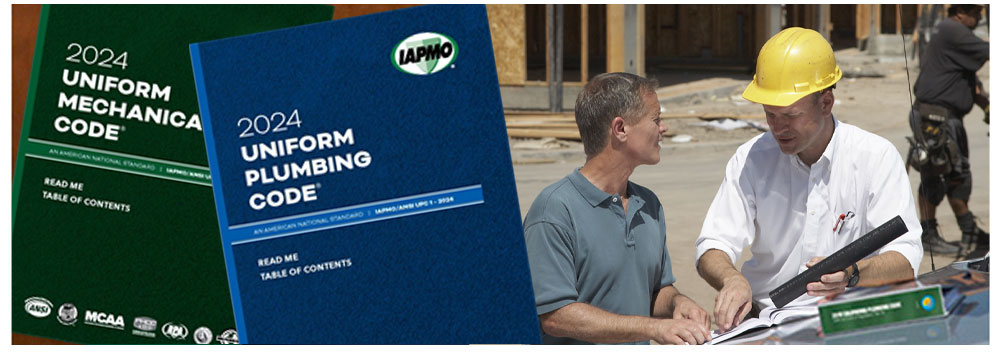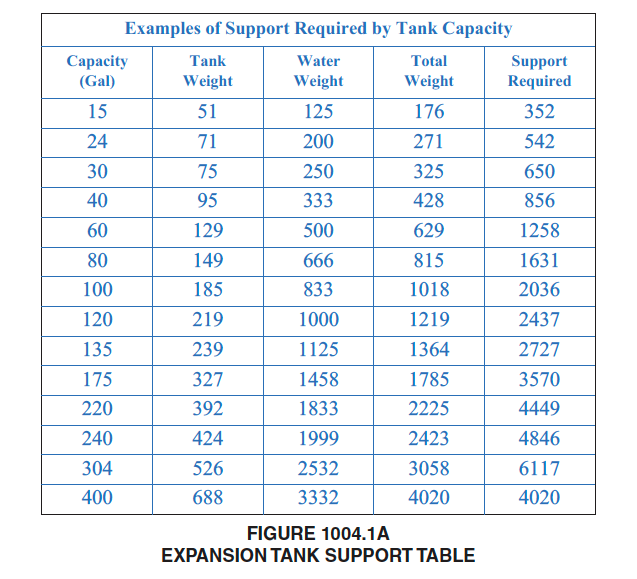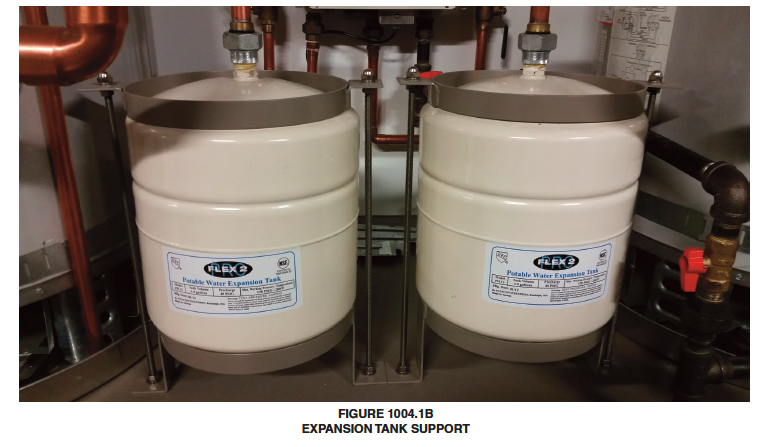February 15, 2024

From the 2024 UPC Illustrated Training Manual, Chapter 5, WATER HEATERS
UPC 509.10.1.1 Unconditioned Area. Where the vent connector used for an appliance having a draft hood or a Category I appliance is located in or passes through an unconditioned area, attic, or crawl space, that portion of the vent connector shall be listed Type B, Type L, or listed vent material having equivalent insulation qualities.
Exception: Single-wall metal pipe located within the exterior walls of the building and located in an unconditioned area other than an attic or a crawl space having a local 99 percent winter design temperature of 5°F (-15°C) or higher. [NFPA 54:12.11.2.2]
Attics and unconditioned areas of buildings, such as garages and some basements, are commonly used for storage. Consequently, Type B and L vent material, addressed in Section 509.10.1.1, is specified for vent connectors of appliances installed in attics, because fires occur as a result of the ignition of combustible material that has been carelessly placed on or near single-wall metal vent connectors. Type B or equivalent materials are also needed to make sure that excessive condensation does not occur inside the vent connector [see Figure G 101.2(1) in Appendix G].

From the 2024 UMC Illustrated Training Manual, Chapter 10, BOILERS AND PRESSURE VESSELS
UMC 1004.1 General. An expansion tank shall be installed in a hot-water-heating system as a means for controlling increased pressure caused by thermal expansion. Expansion tanks shall be of the closed or open type and securely fastened to or supported by the structure. Tanks shall be rated for the pressure of the system. Supports shall be capable of carrying twice the weight of the tank filled with water without placing a strain on connecting piping.
Hot-water-heating systems incorporating hot water tanks or fluid relief columns shall be installed to prevent freezing under normal operating conditions.
Providing adequate support for the expansion tank is no small matter. Besides the weight of the tank itself, water weighs 8.33 pounds per gallon. Figure 1004.1a is an expansion tank support table of requirements for a particular series of diaphragm expansion tanks. A 30-gallon tank weighs 75 pounds plus 250 pounds of water (if full). The total support required is 650 pounds. Of course, the diaphragm tank would never be filled completely unless the diaphragm was ruptured. Figure 1004.1b is an example of an expansion tank support.
To prevent freezing, propylene (food grade) glycol is mixed in with the boiler water up to a 50-50 ratio. Propylene glycol weighs slightly less than water. Ethylene glycol weighs more than water but is not recommended because of the health hazards involved.


(This is not to be considered the official position of IAPMO, nor is it an official interpretation of the Codes.)

IAPMO
IAPMO develops and publishes the Uniform Plumbing Code®,the most widely recognized code of practice used by the plumbing industry worldwide; Uniform Mechanical Code®; Uniform Swimming Pool, Spa and Hot Tub Code®; and Uniform Solar Energy, Hydronics and Geothermal Code™ — the only plumbing, mechanical, solar energy and swimming pool codes designated by ANSI as American National Standards — and the Water Efficiency Standard (WE-Stand)™. IAPMO works with government, contractors, labor force, and manufacturers to produce product standards, technical manuals, personnel certification/educational programs and additional resources in order to meet the ever-evolving demands of the industry in protecting public health and safety.
Last modified: February 15, 2024
